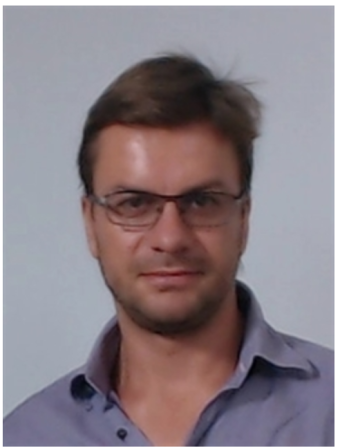
Date:
Location:
Title:
abstract
Allosteric proteins display action at a distance: binding a ligand can affect function at an active site, sometimes on the other side of the protein. Understanding the mechanical and evolutionary principles allowing for allostery remains a challenge. To tackle it, we introduce a numerical scheme to evolve functional elastic materials that can accomplish a specified mechanical task. In this scheme, the number of solutions, their spatial architectures and the correlations among them can be computed. We first consider a geometric task, which requires the material to move specifically in response to a stimulus. We find that functioning materials evolve a less-constrained trumpet-shaped region connecting the stimulus and active sites, and that the amplitude of the elastic response varies non-monotonically along the trumpet. We show that the success of this architecture stems from the emergence of edge modes recently found to appear near the surface of marginally connected materials, and give a description of their effect in disordered materials. We provide hints that some allosteric proteins display such an architecture. Next, we show that if the structure is designed to optimise cooperativity (i.e. binding somewhere changes the binding energy of another ligand elsewhere), the obtained architectures are very different, and display a mechanism. We compute its optimal frequency for function, and test this prediction using the protein data base. Lastly, we discuss how this framework can be used to benchmark and develop new methods to infer complex protein function from sequence data.
bio
Matthieu Wyart is Associate Professor in the Institute of Physics at EPFL in Switzerland. He received his B.A. at Ecole Polytechnique and obtained his Ph.D. degree from CEA, Saclay. He was a George Carrier Fellow at Harvard University before joining the Physics Department at NYU in 2010. He became Associate Professor in 2014 and moved to EPFL in 2015.
One focus of Wyart’s work is the classification of the elementary excitations controlling the linear and the plastic response in amorphous materials. He introduced the notion that some of these excitations are marginally stable in the solid phase. Such marginality fixes key aspects of the structure, and implies that the density of excitations presents a pseudo-gap. These notions are important to describe the low-temperature properties of glasses, the elasticity near the jamming transition, the rheology of dense granular and suspension flows, the yielding transition in foams or metallic glass, and more generally glassy systems with sufficiently long-range interactions. He received a Sloan Fellowship in 2011 and became a Simons Investigator in 2015.
Hosted by Phil Pincus. Download event flyer.



